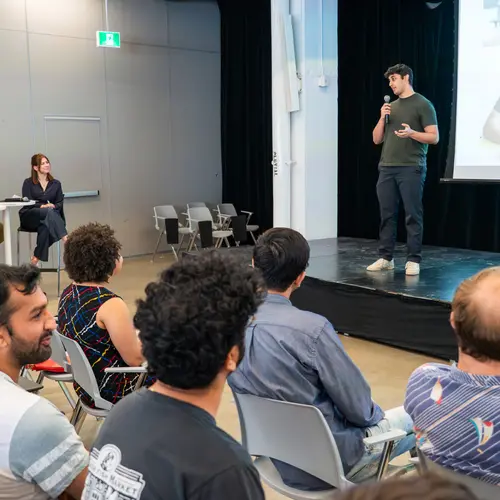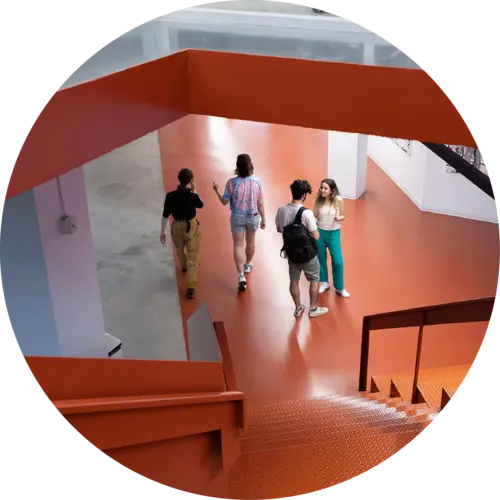
Marco Pedersoli
Biography
I am an Associate Professor at ÉTS Montreal, a member of LIVIA (le Laboratoire d'Imagerie, Vision et Intelligence Artificielle), and part of the International Laboratory of Learning Systems (ILLS). I am also a member of ELLIS, the European network of excellence in AI. Since 2021, I have co-held the Distech Industrial Research Chair on Embedded Neural Networks for Connected Building Control.
My research centers on Deep Learning methods and algorithms, with a focus on visual recognition, and the automatic interpretation and understanding of images and videos. A key objective of my work is to advance machine intelligence by minimizing two critical factors: computational load and the need for human supervision. These reductions are essential for scalable AI, enabling more efficient, adaptive, and embedded systems. In my recent work, I have contributed to developing neural networks for smart buildings, integrating AI-driven solutions to enhance energy efficiency and comfort in intelligent environments.


